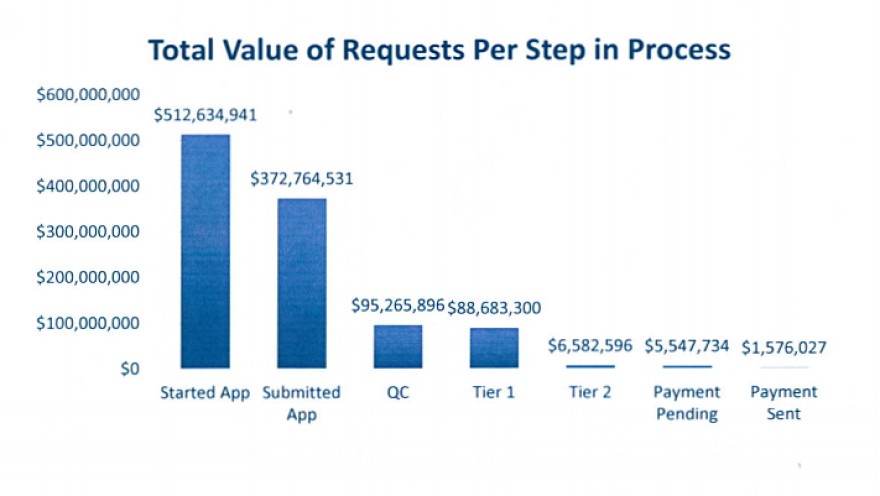A scathing staff report from the Texas House Committee on Urban Affairs released Monday details a host of issues that have plagued the more than $1 billion rent relief program.
“Here we are at the beginning of April and still only about 200 Texas families have actually received direct help from this billion dollar program which is unacceptable and we need to continue to get this worked out quickly,” Rep. Phil Cortez, a San Antonio Democrat who chairs the House Committee on Urban Affairs, told Texas Public Radio.
Faced with a pot of federal money larger than TDHCA’s annual budget, the state agency contracted Houston-based management consultancy Horne LLP to run the Texas Rent Relief program, agreeing to pay the company more than $42 million.
Just as the program launched, the state was hit with the massive winter storm in February, which sidelined a third of the contracted phone operators for days, the report said.
Software problems left the program struggling and spotty, with tenants and landlords complaining of accessibility problems, unanswered phone calls, and “the inability to check the status of an application,” according to the report. A switch to a new software caused system outages and forced applicants to re-apply.
According to the report, of the 176,000 people who have begun applications, just over 1,000 have had their applications approved. And only 250 of payments have been sent.

















